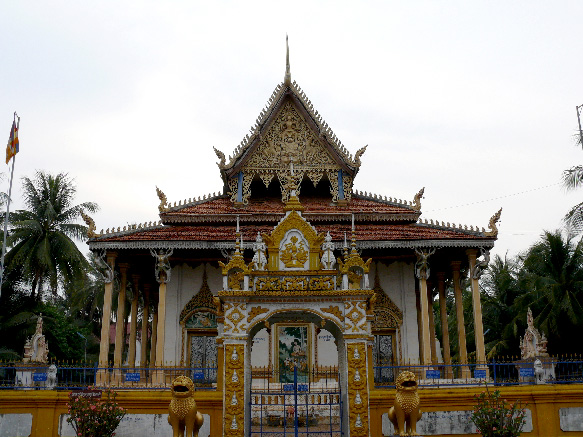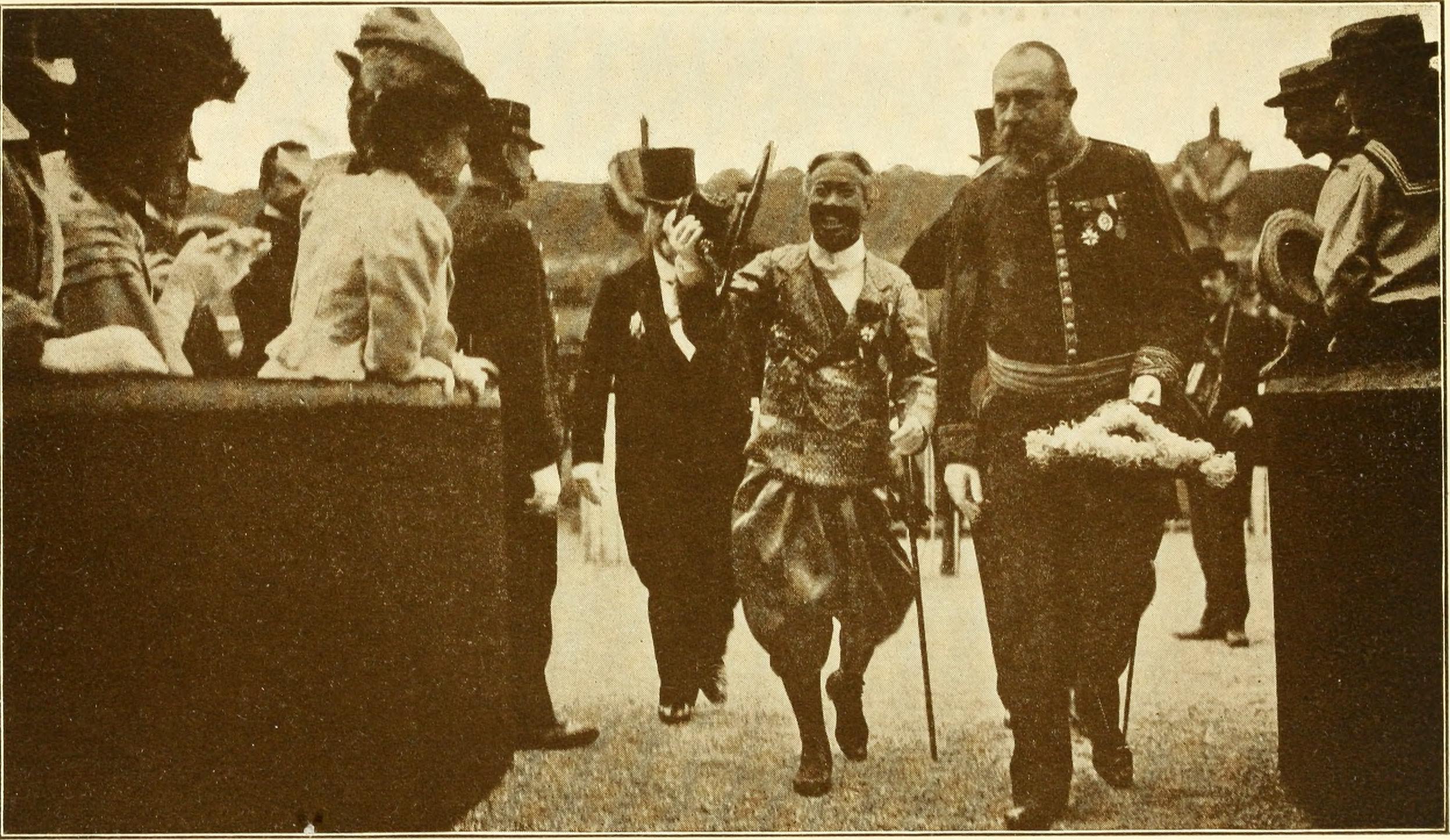|
Battambang Cathedral
The Cathedral of Battambang ( km, ក្រុងបាត់ដំបងវិហារ; french: Cathédrale de Battambang), or Cathedral of Our Lady of the Assumption (french: Cathédrale de Notre Dame de l'Assomption), was a former Roman Catholic cathedral in Battambang, Cambodia. It was built during the French colonial government in Cambodia and was destroyed in 1975 by the Khmer Rouge. See also *List of cathedrals in Cambodia *Khmer Rouge rule of Cambodia Kampuchea ( km, កម្ពុជា ), officially known as Democratic Kampuchea (DK; km, កម្ពុជាប្រជាធិបតេយ្យ ) from 5 January 1976, was a one-party totalitarian state which encompassed modern-day Cam ... References Buildings and structures demolished in 1975 Cathedrals in Cambodia Destroyed churches Roman Catholic cathedrals in Cambodia {{Cambodia-geo-stub ... [...More Info...] [...Related Items...] OR: [Wikipedia] [Google] [Baidu] |
Battambang
Battambang ( km, បាត់ដំបង, Romanization of Khmer#UNGEGN, UNGEGN: ) is the capital of Battambang Province and the third largest city in Cambodia. Founded in the 11th century by the Khmer Empire, Battambang is the leading rice-producing province of the country. For nearly 100 years it was a major commercial hub and provincial capital of Siamese province of Inner Cambodia (1795-1907), though it was always populated by Khmer, with some ethnic Vietnamese, Lao, Thai and Chinese. Battambang remains the hub of Cambodia's northwest, connecting the region with Phnom Penh and Thailand. The city is situated on the Sangkae River, a tranquil, small body of water that winds its way picturesquely through Battambang Province. As with much of Cambodia, French Colonial architecture is a notable aspect of the city, with some of the best-preserved examples in the country. Now the government and Ministry of Culture and Fine Art are preparing documents to nominate The Old Town of Batt ... [...More Info...] [...Related Items...] OR: [Wikipedia] [Google] [Baidu] |
Roman Catholic Church
The Catholic Church, also known as the Roman Catholic Church, is the largest Christian church, with 1.3 billion baptized Catholics worldwide . It is among the world's oldest and largest international institutions, and has played a prominent role in the history and development of Western civilization. O'Collins, p. v (preface). The church consists of 24 ''sui iuris'' churches, including the Latin Church and 23 Eastern Catholic Churches, which comprise almost 3,500 dioceses and eparchies located around the world. The pope, who is the bishop of Rome, is the chief pastor of the church. The bishopric of Rome, known as the Holy See, is the central governing authority of the church. The administrative body of the Holy See, the Roman Curia, has its principal offices in Vatican City, a small enclave of the Italian city of Rome, of which the pope is head of state. The core beliefs of Catholicism are found in the Nicene Creed. The Catholic Church teaches that it is t ... [...More Info...] [...Related Items...] OR: [Wikipedia] [Google] [Baidu] |
Cathedral
A cathedral is a church that contains the ''cathedra'' () of a bishop, thus serving as the central church of a diocese, conference, or episcopate. Churches with the function of "cathedral" are usually specific to those Christian denominations with an episcopal hierarchy, such as the Catholic, Eastern Orthodox, Anglican, and some Lutheran churches.New Standard Encyclopedia, 1998 by Standard Educational Corporation, Chicago, Illinois; page B-262c Church buildings embodying the functions of a cathedral first appeared in Italy, Gaul, Spain, and North Africa in the 4th century, but cathedrals did not become universal within the Western Catholic Church until the 12th century, by which time they had developed architectural forms, institutional structures, and legal identities distinct from parish churches, monastic churches, and episcopal residences. The cathedral is more important in the hierarchy than the church because it is from the cathedral that the bishop governs the ... [...More Info...] [...Related Items...] OR: [Wikipedia] [Google] [Baidu] |
Roman Catholic
Roman or Romans most often refers to: *Rome, the capital city of Italy *Ancient Rome, Roman civilization from 8th century BC to 5th century AD *Roman people, the people of ancient Rome *''Epistle to the Romans'', shortened to ''Romans'', a letter in the New Testament of the Christian Bible Roman or Romans may also refer to: Arts and entertainment Music *Romans (band), a Japanese pop group * ''Roman'' (album), by Sound Horizon, 2006 * ''Roman'' (EP), by Teen Top, 2011 *"Roman (My Dear Boy)", a 2004 single by Morning Musume Film and television *Film Roman, an American animation studio * ''Roman'' (film), a 2006 American suspense-horror film * ''Romans'' (2013 film), an Indian Malayalam comedy film * ''Romans'' (2017 film), a British drama film * ''The Romans'' (''Doctor Who''), a serial in British TV series People * Roman (given name), a given name, including a list of people and fictional characters * Roman (surname), including a list of people named Roman or Romans *Ῥωμα� ... [...More Info...] [...Related Items...] OR: [Wikipedia] [Google] [Baidu] |
Cambodia
Cambodia (; also Kampuchea ; km, កម្ពុជា, UNGEGN: ), officially the Kingdom of Cambodia, is a country located in the southern portion of the Indochinese Peninsula in Southeast Asia, spanning an area of , bordered by Thailand to the northwest, Laos to the north, Vietnam to the east, and the Gulf of Thailand to the southwest. The capital and largest city is Phnom Penh. The sovereign state of Cambodia has a population of over 17 million. Buddhism is enshrined in the constitution as the official state religion, and is practised by more than 97% of the population. Cambodia's minority groups include Vietnamese, Chinese, Chams and 30 hill tribes. Cambodia has a tropical monsoon climate of two seasons, and the country is made up of a central floodplain around the Tonlé Sap lake and Mekong Delta, surrounded by mountainous regions. The capital and largest city is Phnom Penh, the political, economic and cultural centre of Cambodia. The kingdom is an elec ... [...More Info...] [...Related Items...] OR: [Wikipedia] [Google] [Baidu] |
French Protectorate Of Cambodia
The French protectorate of Cambodia ( km, ប្រទេសកម្ពុជាក្រោមអាណាព្យាបាលបារាំង; french: Protectorat français du Cambodge) refers to the Kingdom of Cambodia when it was a French protectorate within French Indochina, a collection of Southeast Asian protectorates within the French Colonial Empire. The protectorate was established in 1863 when the Cambodian King Norodom requested the establishment of a French protectorate over his country, meanwhile Siam (modern Thailand) renounced suzerainty over Cambodia and officially recognised the French protectorate on Cambodia. Cambodia was integrated into the French Indochina union in 1887 along with the French colonies and protectorates in Vietnam ( Cochinchina, Annam and Tonkin). In 1946, Cambodia was granted self-rule within the French Union and had its protectorate status abolished in 1949. Cambodia later gained its independence. The day was celebrated as i ... [...More Info...] [...Related Items...] OR: [Wikipedia] [Google] [Baidu] |
Khmer Rouge
The Khmer Rouge (; ; km, ខ្មែរក្រហម, ; ) is the name that was popularly given to members of the Communist Party of Kampuchea (CPK) and by extension to the regime through which the CPK ruled Cambodia between 1975 and 1979. The name was coined in the 1960s by then Chief of State Norodom Sihanouk to describe his country's heterogeneous, communist-led dissidents, with whom he allied after his 1970 overthrow. The Khmer Rouge army was slowly built up in the jungles of eastern Cambodia during the late 1960s, supported by the North Vietnamese army, the Viet Cong, the Pathet Lao, and the Chinese Communist Party (CCP). Although it originally fought against Sihanouk, the Khmer Rouge changed its position and supported Sihanouk on the advice of the CCP after he was overthrown in a 1970 coup by Lon Nol who established the pro-American Khmer Republic. Despite a massive American bombing campaign ( Operation Freedom Deal) against them, the Khmer Rouge won the ... [...More Info...] [...Related Items...] OR: [Wikipedia] [Google] [Baidu] |
List Of Cathedrals In Cambodia ...
Today (2022) Cambodia has no cathedrals. All the cathedrals in Cambodia were destroyed by the Khmer Rouge regime in the second half of the 1970s. Former cathedrals * Battambang Cathedral * Cathedral of Phnom Penh *Preah Meada References {{Asia topic, List of cathedrals in Cambodia Cathedrals *Cathedrals Cathedrals A cathedral is a church that contains the '' cathedra'' () of a bishop, thus serving as the central church of a diocese, conference, or episcopate. Churches with the function of "cathedral" are usually specific to those Christian denominatio ... [...More Info...] [...Related Items...] OR: [Wikipedia] [Google] [Baidu] |
Khmer Rouge Rule Of Cambodia
Kampuchea ( km, កម្ពុជា ), officially known as Democratic Kampuchea (DK; km, កម្ពុជាប្រជាធិបតេយ្យ ) from 5 January 1976, was a one-party totalitarian state which encompassed modern-day Cambodia and existed from 1975 to 1979. It was controlled by the Khmer Rouge (KR), the name popularly given to the followers of the Communist Party of Kampuchea (CPK), and was founded when KR forces defeated the Khmer Republic of Lon Nol in 1975. Between 1975 and 1979, the state and its ruling Khmer Rouge regime were responsible for the deaths of millions of Cambodians through forced labour and genocide. The KR lost control of most Cambodian territory to the Vietnamese occupation. From 1979 to 1982, Democratic Kampuchea survived as a rump state. In June 1982, the Khmer Rouge formed the Coalition Government of Democratic Kampuchea (CGDK) with two non-communist guerrilla factions, which retained international recognition. The state was renam ... [...More Info...] [...Related Items...] OR: [Wikipedia] [Google] [Baidu] |
Buildings And Structures Demolished In 1975
A building, or edifice, is an enclosed structure with a roof and walls standing more or less permanently in one place, such as a house or factory (although there's also portable buildings). Buildings come in a variety of sizes, shapes, and functions, and have been adapted throughout history for a wide number of factors, from building materials available, to weather conditions, land prices, ground conditions, specific uses, prestige, and aesthetic reasons. To better understand the term ''building'' compare the list of nonbuilding structures. Buildings serve several societal needs – primarily as shelter from weather, security, living space, privacy, to store belongings, and to comfortably live and work. A building as a shelter represents a physical division of the human habitat (a place of comfort and safety) and the ''outside'' (a place that at times may be harsh and harmful). Ever since the first cave paintings, buildings have also become objects or canvasses of much art ... [...More Info...] [...Related Items...] OR: [Wikipedia] [Google] [Baidu] |
Cathedrals In Cambodia
A cathedral is a church that contains the '' cathedra'' () of a bishop, thus serving as the central church of a diocese, conference, or episcopate. Churches with the function of "cathedral" are usually specific to those Christian denominations with an episcopal hierarchy, such as the Catholic, Eastern Orthodox, Anglican, and some Lutheran churches.New Standard Encyclopedia, 1998 by Standard Educational Corporation, Chicago, Illinois; page B-262c Church buildings embodying the functions of a cathedral first appeared in Italy, Gaul, Spain, and North Africa in the 4th century, but cathedrals did not become universal within the Western Catholic Church until the 12th century, by which time they had developed architectural forms, institutional structures, and legal identities distinct from parish churches, monastic churches, and episcopal residences. The cathedral is more important in the hierarchy than the church because it is from the cathedral that the bishop governs the area unde ... [...More Info...] [...Related Items...] OR: [Wikipedia] [Google] [Baidu] |
Destroyed Churches
Destroyed may refer to: * ''Destroyed'' (Sloppy Seconds album), a 1989 album by Sloppy Seconds * ''Destroyed'' (Moby album), a 2011 album by Moby See also * Destruction (other) Destruction may refer to: Concepts * Destruktion, a term from the philosophy of Martin Heidegger * Destructive narcissism, a pathological form of narcissism * Self-destructive behaviour, a widely used phrase that ''conceptualises'' certain ki ... * Ruined (other) * {{disambiguation ... [...More Info...] [...Related Items...] OR: [Wikipedia] [Google] [Baidu] |

.jpg)




